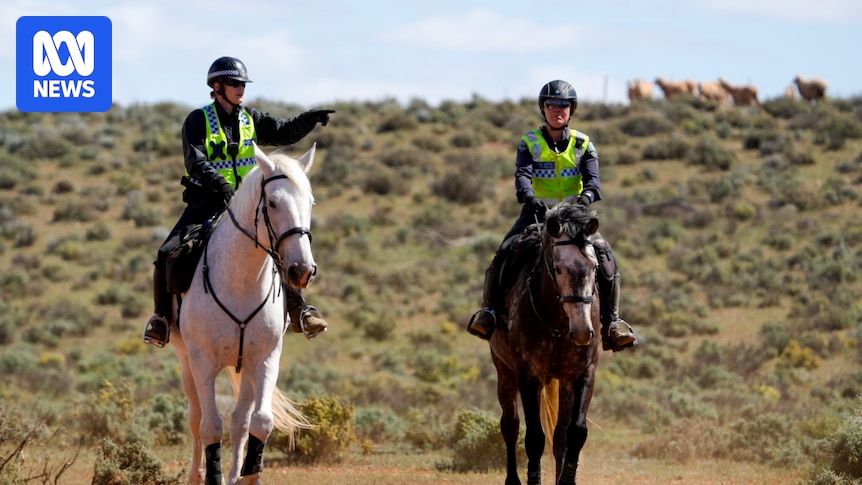
The disappearance of four-year-old Gus in the remote outback of South Australia has captivated the nation, but it has also become a disturbing case study in the spread of misinformation. In the two weeks since Gus was reported missing from his family’s homestead, located about 40 kilometers south of Yunta, a series of AI-generated images have surfaced online, raising significant legal and ethical concerns.
These images, which manipulate real photos of the search efforts and even Gus himself, have been shared widely on social media platforms. While not all have gained significant traction, enough have circulated to prompt warnings from tech and legal experts about the dangers of such misleading content.
The Spread of Misinformation
Recently, a particularly egregious post on Facebook featured an AI-generated image of a boy with long blonde curly hair being held by a man entering a four-wheel drive. The accompanying text provocatively asked, “Is this a kidnapping case?” This image, along with others falsely depicting breakthroughs in the case, has sparked outrage and confusion among the public.
Flinders University law lecturer Joel Lisk highlighted the potential harm of these images.
“It might create either false hope or, on the flip side, distress that people are taking advantage of their personal harm and their circumstances for what is effectively clickbait or generating traffic on an online platform,”
he explained.
Detecting Fake Images
As generative AI technology continues to evolve, distinguishing between real and fake images becomes increasingly challenging. RMIT computing expert Michael Cowling noted that while some fakes are easy to spot, others require a trained eye.
“For the time being … it does still have trouble with lighting, with depth, with shadows,”
he said, describing the common flaws in AI-generated images.
Motivations Behind Misinformation
The reasons behind the creation and spread of misinformation are complex and often troubling. Dr. Lisk suggested that some individuals may exploit such situations for personal gain, whether for attention or financial profit.
“These horrible websites that exist are normally covered in advertisements,”
he noted, explaining how increased traffic can lead to increased revenue.
Legal Implications and Potential Reforms
The legal landscape surrounding misinformation is still developing. While some consumer protection laws could apply to AI-generated content, there is room for more specific regulations. Dr. Lisk pointed out the challenges in enforcement, as misinformation can spread rapidly and widely online.
Efforts to legislate against misinformation on social media have faced hurdles. Professor Cowling emphasized the need for continued reform, stating,
“Is it important that we race to catch up and update our laws on slander and hate speech and misinformation to meet this new reality?”
Spotting Fakes and Moving Forward
For the average person, identifying fake images requires vigilance and critical thinking. Professor Cowling advised that understanding the source of an image is crucial.
“Understanding the source that something came from — when it was shared, who it was shared by … I think that [principle] still applies,”
he said.
As AI technology advances, the ability to create convincing fake images will only improve, making it imperative for both individuals and lawmakers to adapt. Meanwhile, calls for AI companies to implement measures like watermarking their content continue to grow.
The case of Gus serves as a stark reminder of the potential consequences of misinformation and the urgent need for effective solutions to combat it. As the search for Gus continues, so too does the search for truth in an increasingly complex digital world.






